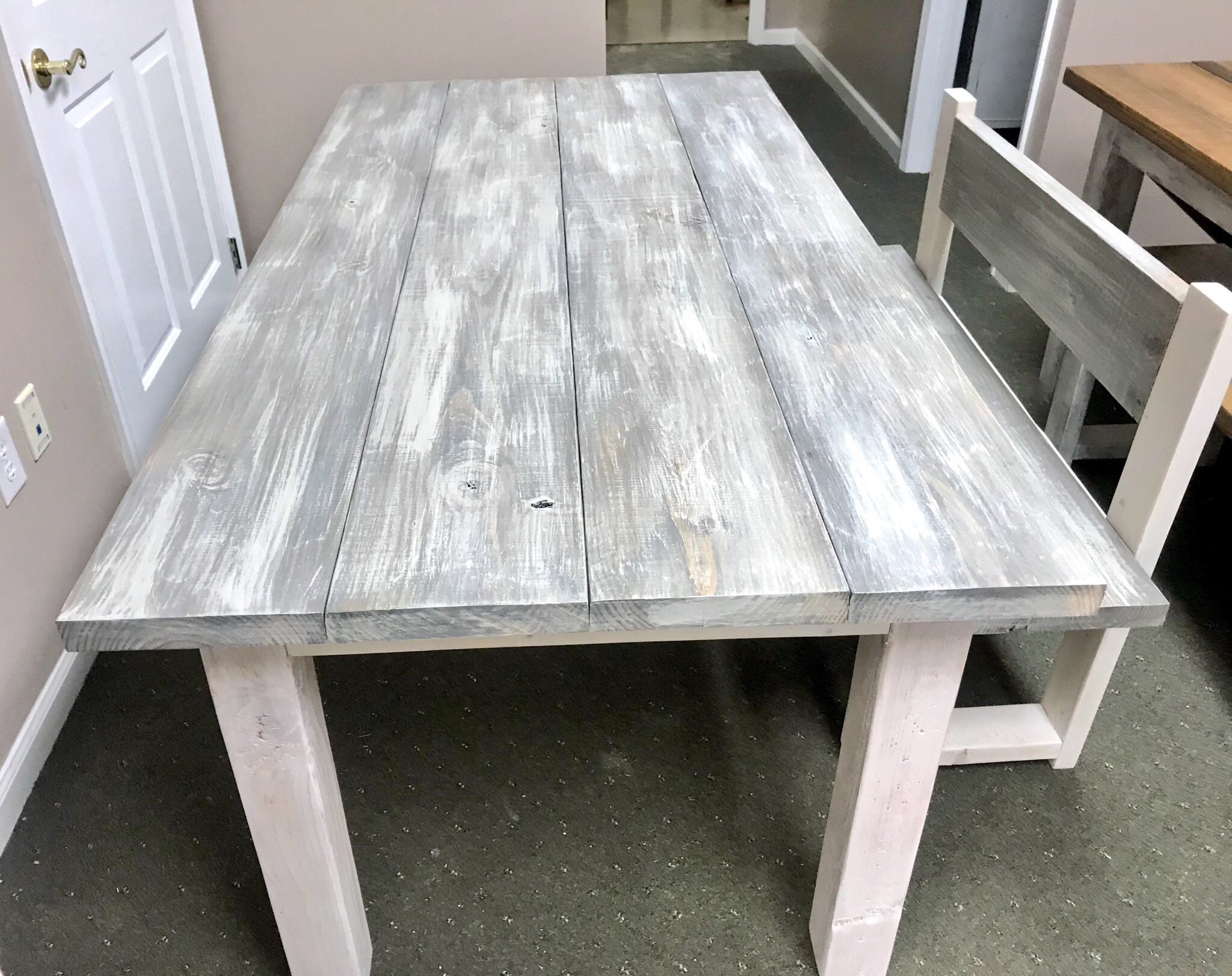When it comes to interior design, texture plays a crucial role in creating a visually appealing and comfortable space. And one of the best places to experiment with textures is the living room. By mixing different textures, you can add depth and interest to your living room design and create a cozy and stylish space that reflects your personal style. If you're wondering how to mix textures in your living room, here are 10 ideas to try. Mixing Textures in Living Room: 10 Ideas to Try
1. Start with a neutral base The key to successfully mixing textures in your living room is to start with a neutral base. This will allow you to add different textures without overwhelming the space. Choose a neutral color palette for your walls, sofa, and other large pieces of furniture. This will serve as the canvas for your texture mixing. 2. Add a variety of fabrics One of the easiest ways to mix textures in your living room is through fabrics. Consider incorporating different fabrics such as velvet, linen, wool, and leather. You can mix and match these fabrics in throw pillows, curtains, and even upholstery to add visual interest and depth to your space. 3. Layer rugs Rugs are an excellent way to add texture to your living room. Layering rugs of different textures, patterns, and sizes can create a cozy and inviting atmosphere. You can try layering a shaggy rug over a flat-weave rug for a bohemian vibe or mix a fluffy rug with a jute rug for a more natural and rustic look. 4. Incorporate natural elements Natural elements such as wood, stone, and plants can add texture and warmth to your living room. Consider incorporating wooden furniture, stone accents, and indoor plants to bring a touch of nature into your space. This will not only add texture but also create a calming and organic feel. How to Mix Textures in Your Living Room for a Cozy and Stylish Space
5. Play with contrasting textures When mixing textures in your living room, don't be afraid to play with contrasting textures. For example, pair a smooth and shiny leather sofa with a chunky knit throw, or mix a soft velvet ottoman with a rough jute rug. These contrasting textures will create a dynamic and visually appealing space. 6. Opt for different finishes Another way to mix textures in your living room is by incorporating different finishes. For instance, you can pair a glossy coffee table with a matte sofa or mix a polished metal lamp with a rough wooden side table. This will add dimension and interest to your space. 7. Add texture through artwork Artwork is another great way to add texture to your living room. Consider hanging a woven wall hanging, a metal sculpture, or a textured painting to add visual interest and dimension to your walls. The Art of Mixing Textures in Your Living Room Decor
8. Don't forget about lighting Lighting can also play a role in adding texture to your living room. Consider incorporating different light fixtures such as a chandelier, sconces, and floor lamps to add visual interest. You can also use textured lampshades or bulbs to add texture to your lighting. 9. Keep it balanced When mixing textures in your living room, it's important to keep it balanced. Make sure to distribute the different textures evenly throughout the space. For example, if you have a velvet sofa, balance it out with a smooth leather chair or a faux fur rug. 10. Don't overdo it Lastly, remember that less is more when it comes to mixing textures in your living room. Don't overdo it or add too many textures, as this can make the space feel cluttered and overwhelming. Stick to a few key textures and distribute them evenly throughout the room for a cohesive and balanced look. 5 Tips for Successfully Mixing Textures in Your Living Room
Incorporating different textures in your living room design can create a sense of depth and interest. By following these tips and ideas, you can create a cozy and stylish space that reflects your personal style. So go ahead and mix those textures for a living room that is both visually appealing and comfortable. Creating Depth and Interest: Mixing Textures in Your Living Room Design
Do: Start with a neutral base, incorporate a variety of fabrics and natural elements, play with contrasting textures and different finishes, and distribute the textures evenly for a balanced look. Don't: Overdo it or add too many textures, forget about lighting, or ignore balance in your texture mixing. The Do's and Don'ts of Mixing Textures in Your Living Room
If you're looking to bring a touch of nature into your living room, consider incorporating natural textures such as wood, stone, and plants. These elements not only add texture but also create a calming and organic feel in your space. Incorporating Natural Textures in Your Living Room Design
Mixing textures in your living room can be a fun and creative way to add depth and interest to your space. By following these tips and ideas, you can create a balanced and cohesive living room that is both stylish and comfortable. Mixing Textures: A Guide to Creating a Balanced and Cohesive Living Room
Mixing and matching different textures in your living room can create a unique and personalized space. Don't be afraid to experiment with different fabrics, finishes, and natural elements to create a look that reflects your personal style. How to Mix and Match Different Textures in Your Living Room
Adding dimension to your living room is easy with the use of textures. From fabrics and rugs to natural elements and artwork, there are endless ways to incorporate texture into your space. Use these ideas and inspiration to create a living room that is both cozy and stylish. Adding Dimension to Your Living Room with Textures: Ideas and Inspiration
Mixing Textures in Your Living Room

When it comes to designing a living room, there are many elements to consider. From the color scheme to the furniture layout, every detail plays a role in creating the perfect space. One often overlooked aspect of design is texture. Mixing textures in your living room can add depth, interest, and dimension to the space, making it feel more inviting and visually appealing. Here are some tips on how to successfully incorporate a variety of textures into your living room design.
Start with a Neutral Base

The key to successfully mixing textures in your living room is to start with a neutral base. Neutral colors like beige, gray, and white provide a clean canvas for different textures to shine. This will prevent the space from feeling overwhelming or chaotic. You can use a neutral-colored sofa, rug, or walls as your base and layer on different textures from there.
Layer Different Textures

One of the easiest ways to incorporate texture into your living room is by layering different materials. Mixing soft and hard textures can create a balanced and visually appealing look. For example, you can pair a plush velvet sofa with a sleek marble coffee table. You can also mix rough textures like jute or rattan with smooth textures like leather or silk. The key is to create contrast and balance in the space.
Don't Be Afraid to Mix Patterns
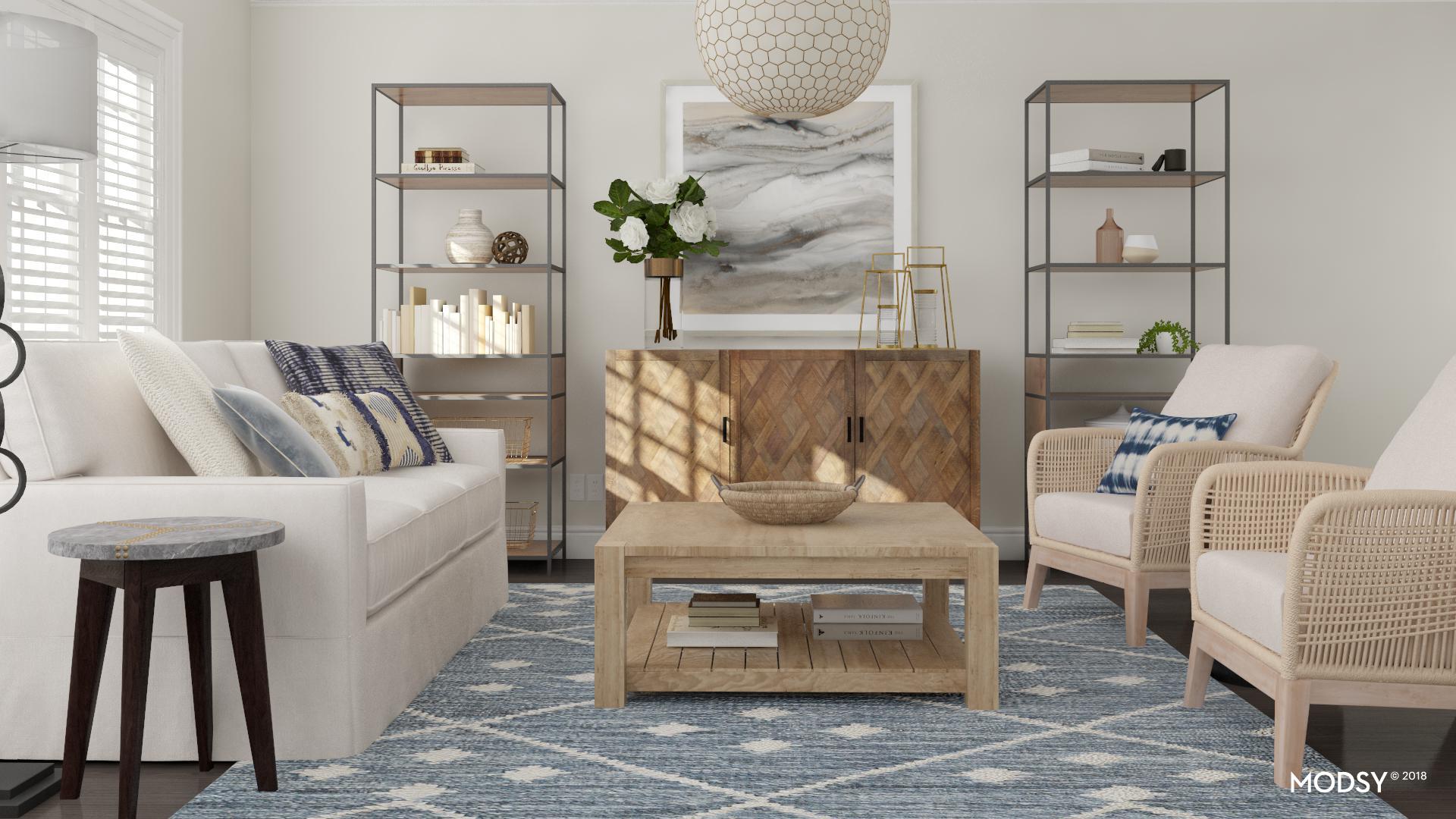
Another way to add texture to your living room is by mixing patterns. Mixing patterns can add visual interest and depth to the space. However, it's essential to stick to a color palette to prevent the patterns from clashing. You can mix patterns through throw pillows, rugs, and curtains.
Incorporate Natural Elements

Natural elements like wood, stone, and plants are great ways to add texture to your living room. These elements bring a touch of nature into your space and add warmth and texture. You can incorporate natural elements through furniture, decor, or even a statement wall made of reclaimed wood.
Consider Textured Walls

Lastly, don't forget about your walls when incorporating texture into your living room. Textured walls, such as exposed brick or a faux stone accent wall, add a unique and interesting element to the space. You can also use wallpaper with a subtle texture to add depth and dimension to your walls.
In conclusion, mixing textures in your living room is a simple yet effective way to elevate the design of your space. By starting with a neutral base, layering different textures, and incorporating natural elements, you can create a visually appealing and inviting living room that reflects your personal style. So don't be afraid to experiment and have fun with textures in your living room design!










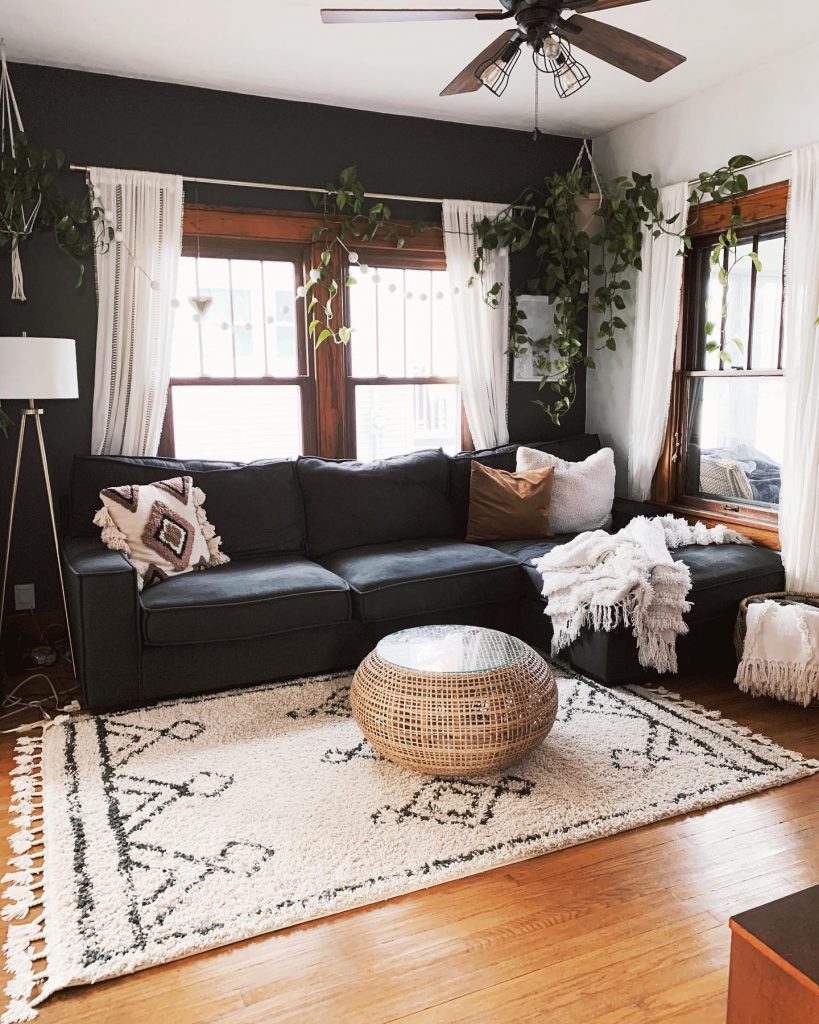


:max_bytes(150000):strip_icc()/Warm-and-cozy-living-room-Amy-Youngblood-589f82173df78c47587b80b6.png)
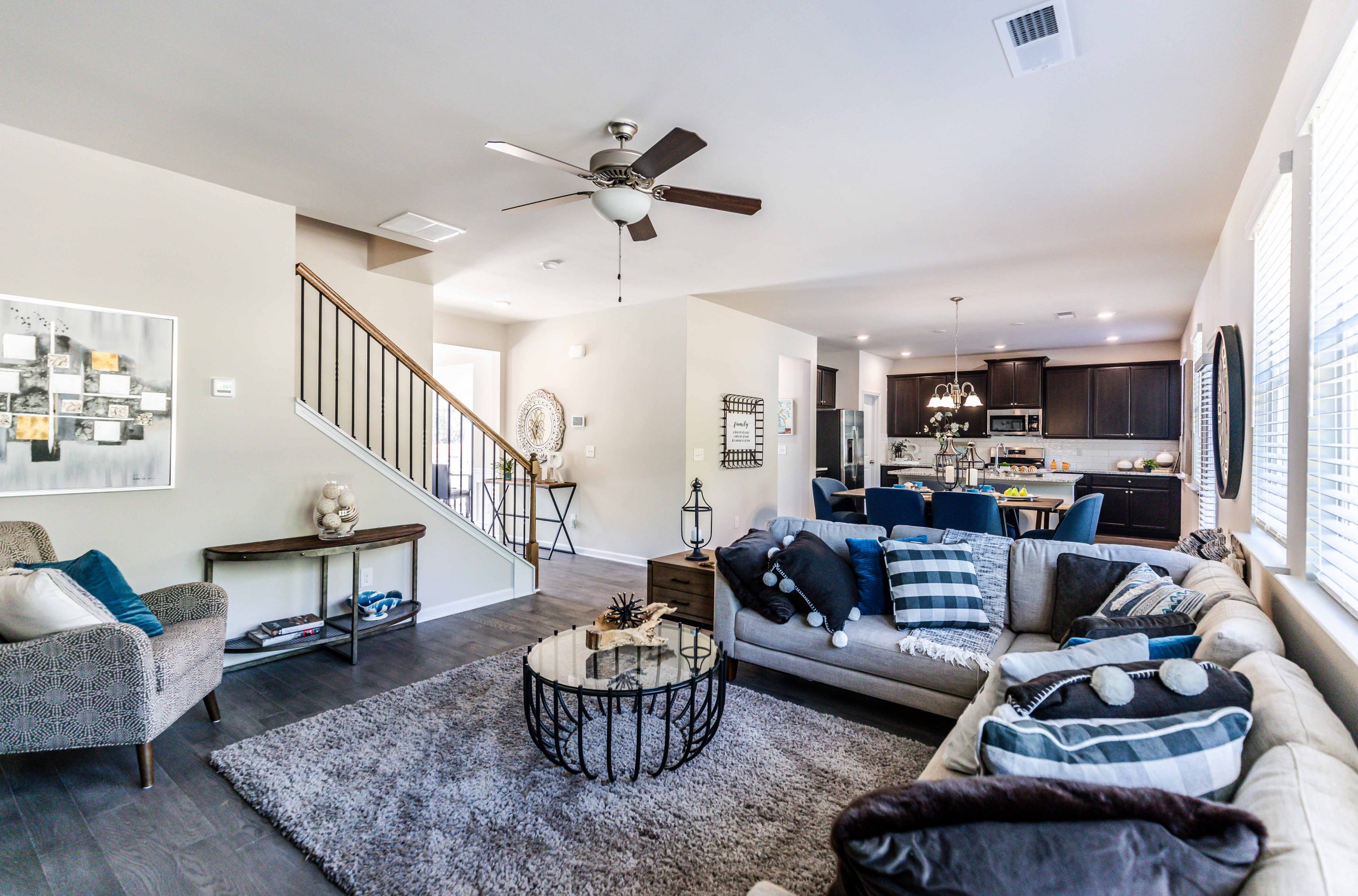



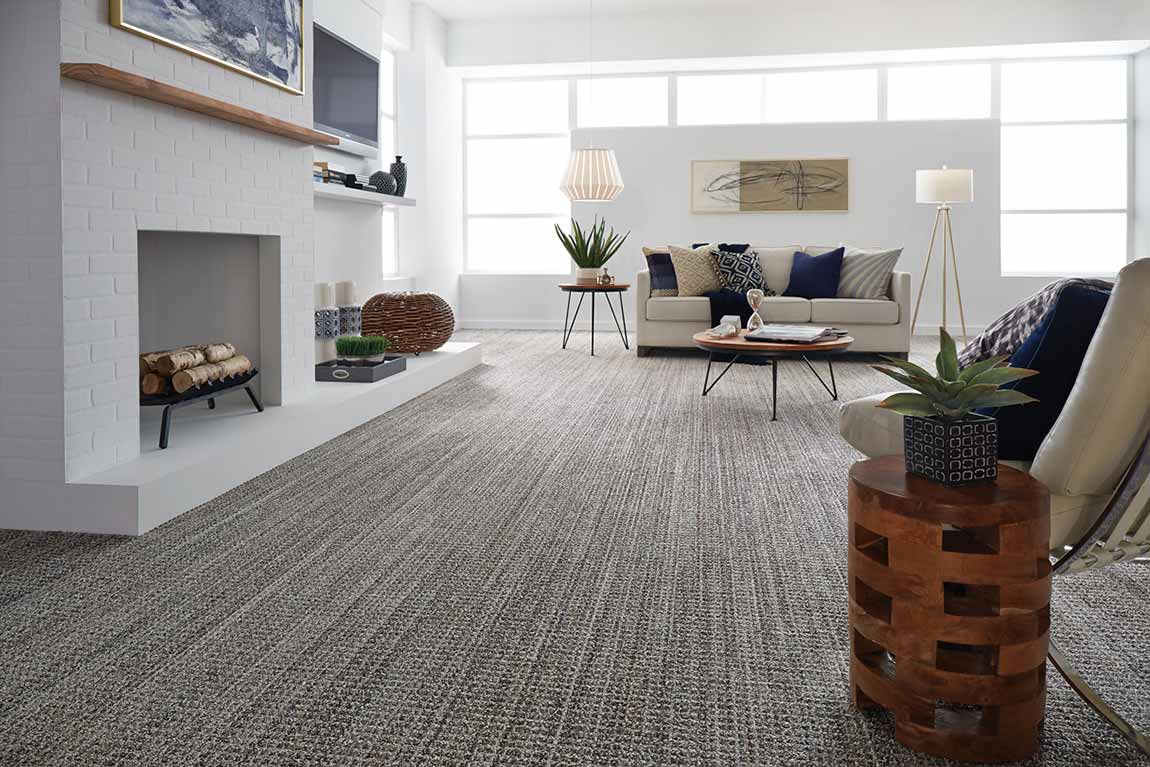

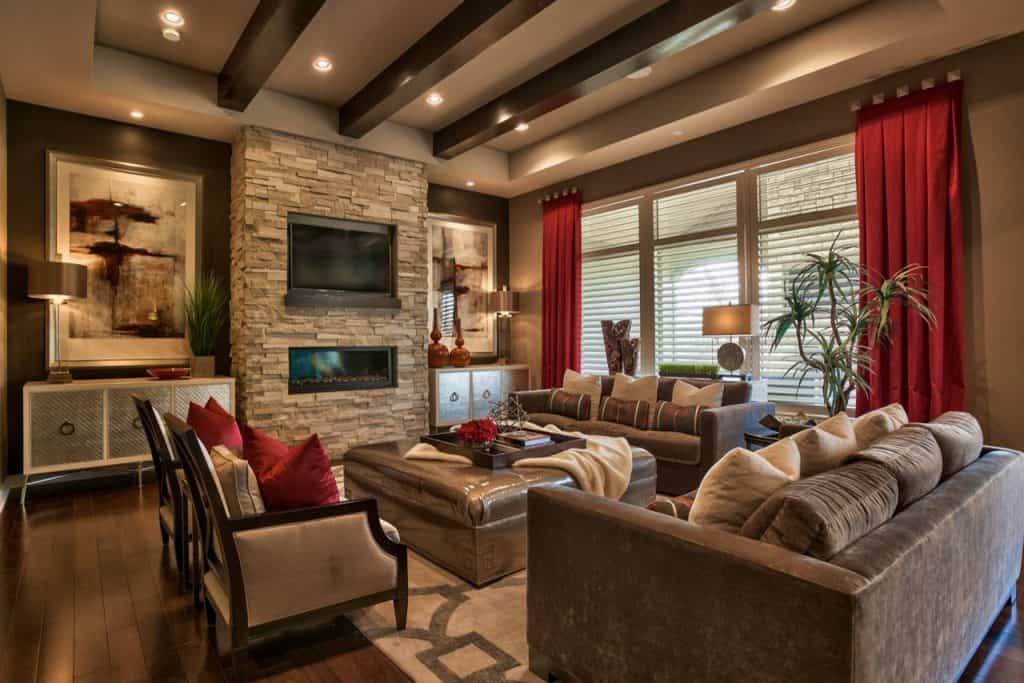






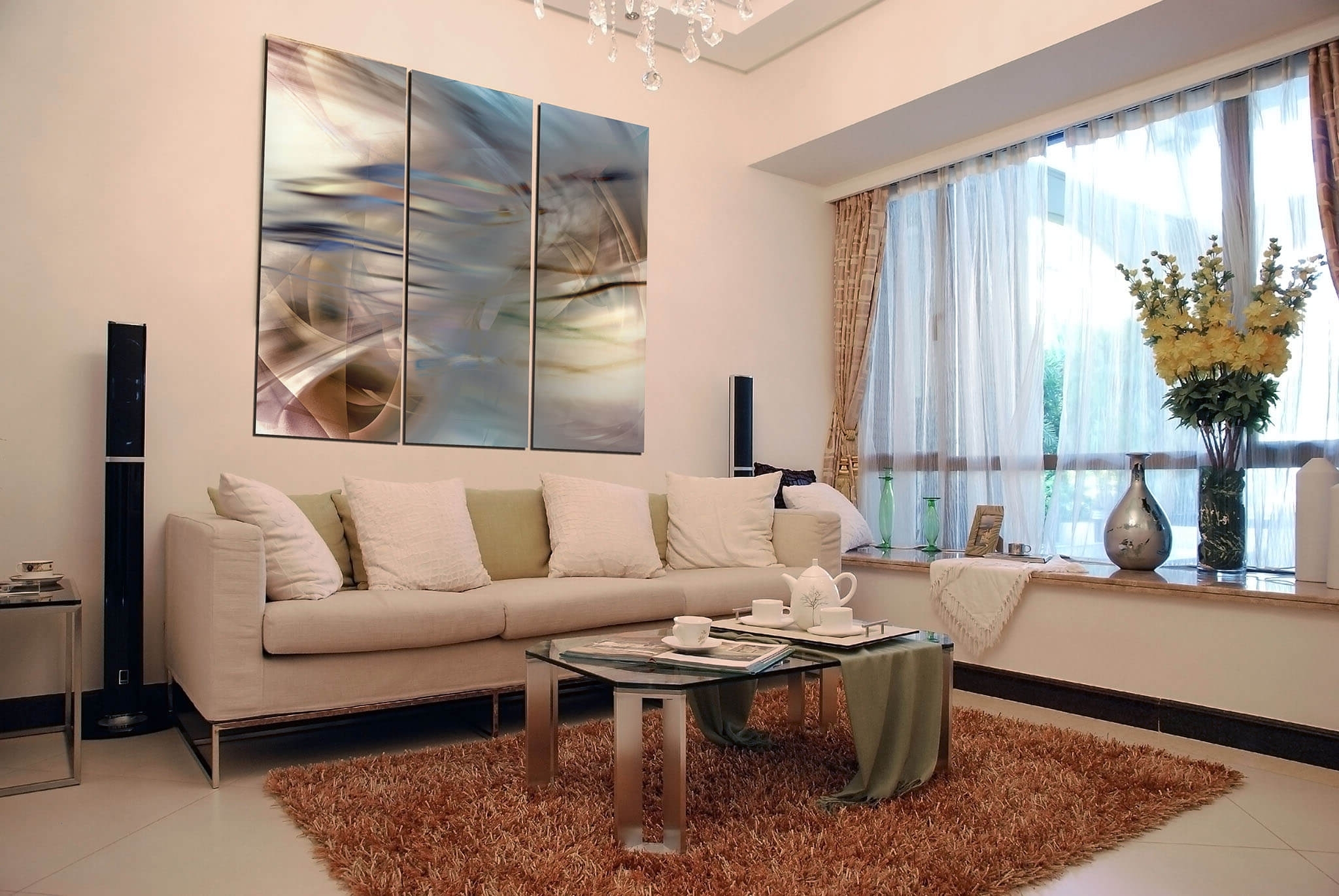

















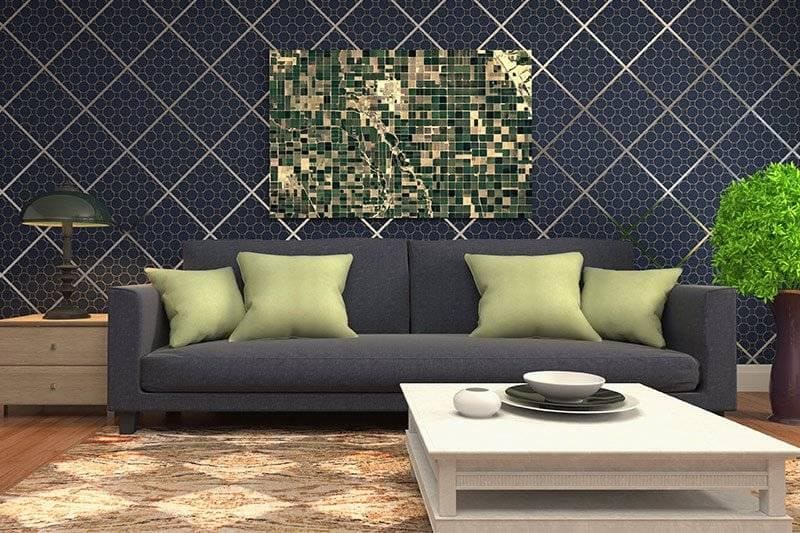





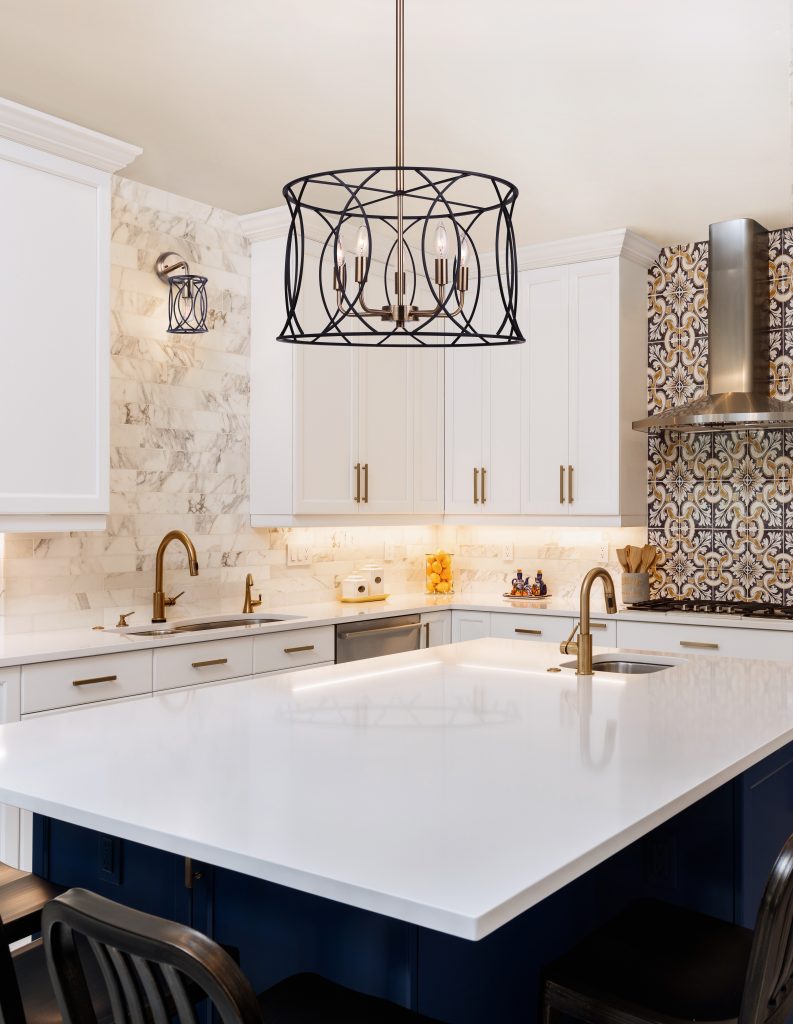



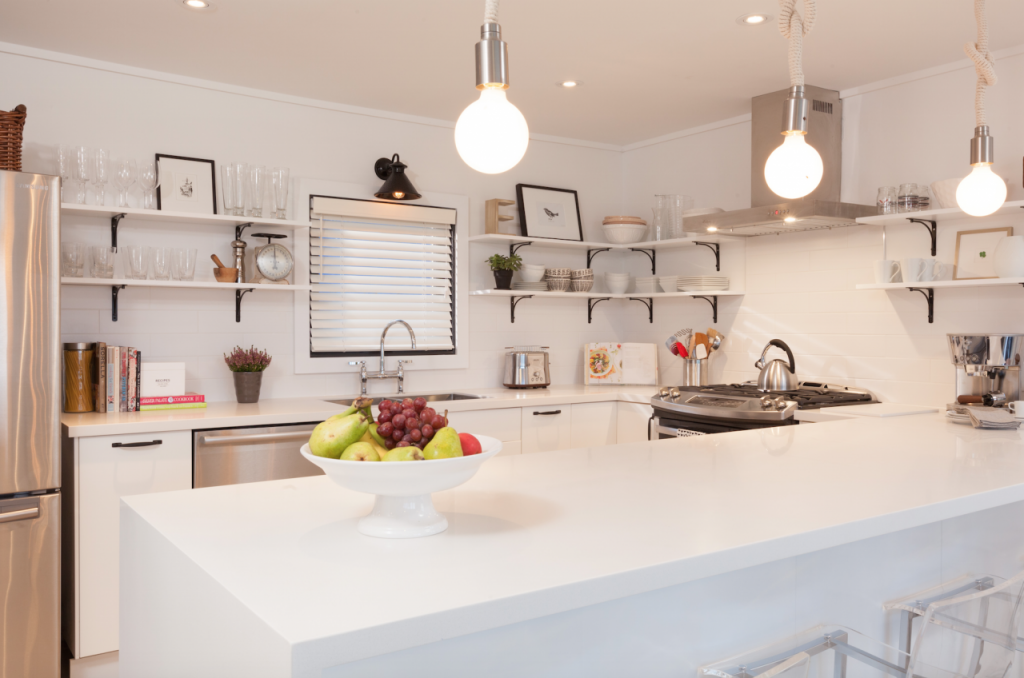





:max_bytes(150000):strip_icc()/mixing-antique-accessories-into-modern-decor-1976754-hero-070dea6d92104007aa7519130e8426c1.jpg)




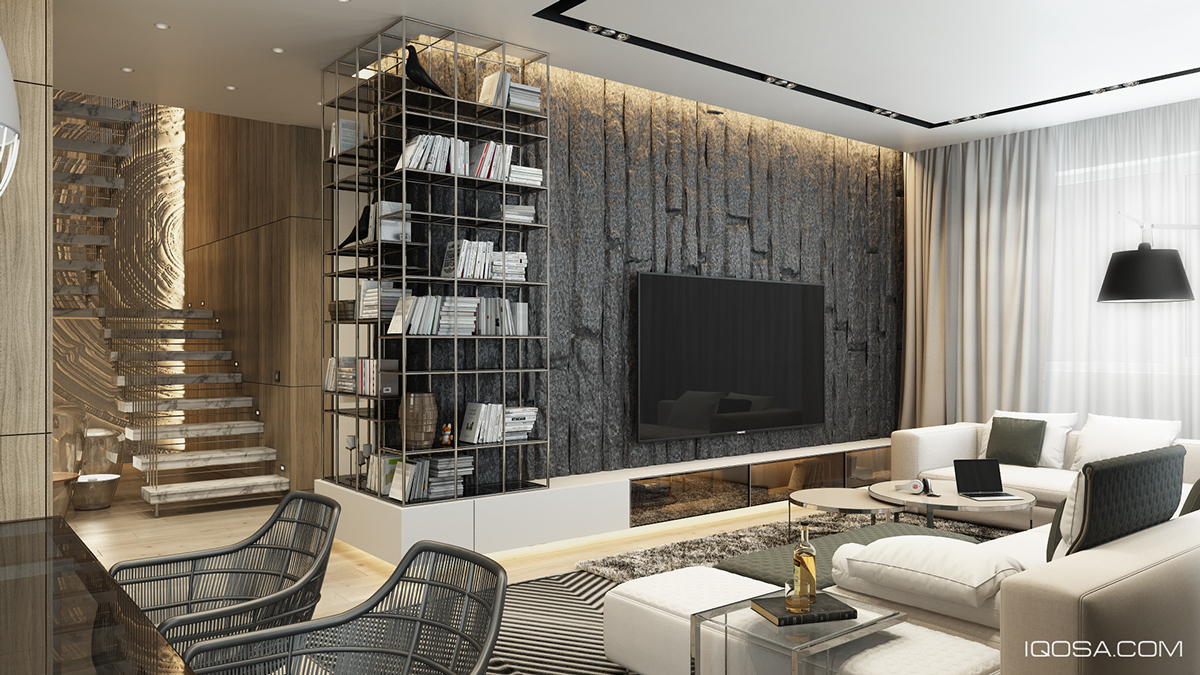















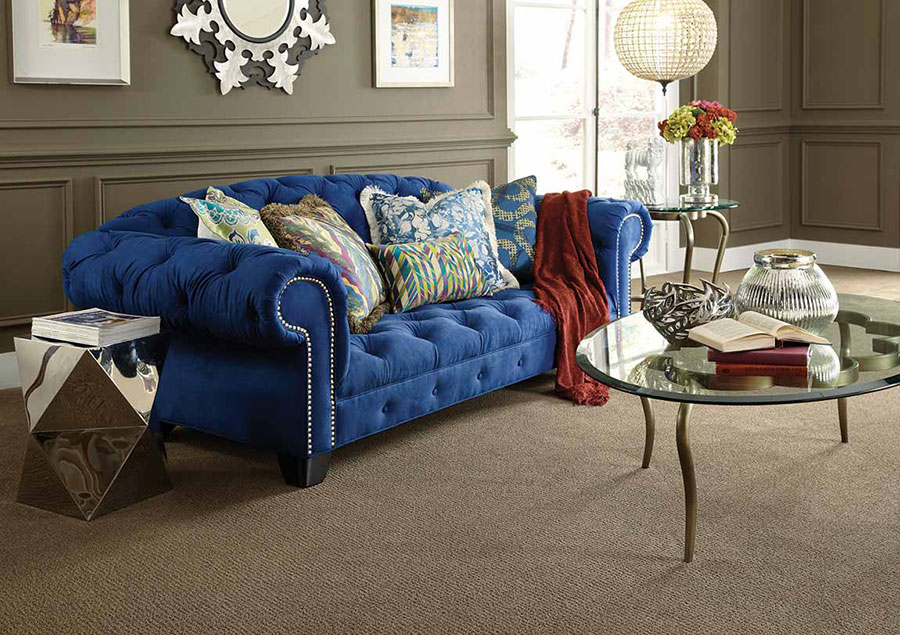






:max_bytes(150000):strip_icc()/living-room-decor-ideas-5442837-hero-8b6e540e13f9457a84fe9f9e26ea2e5c.jpg)


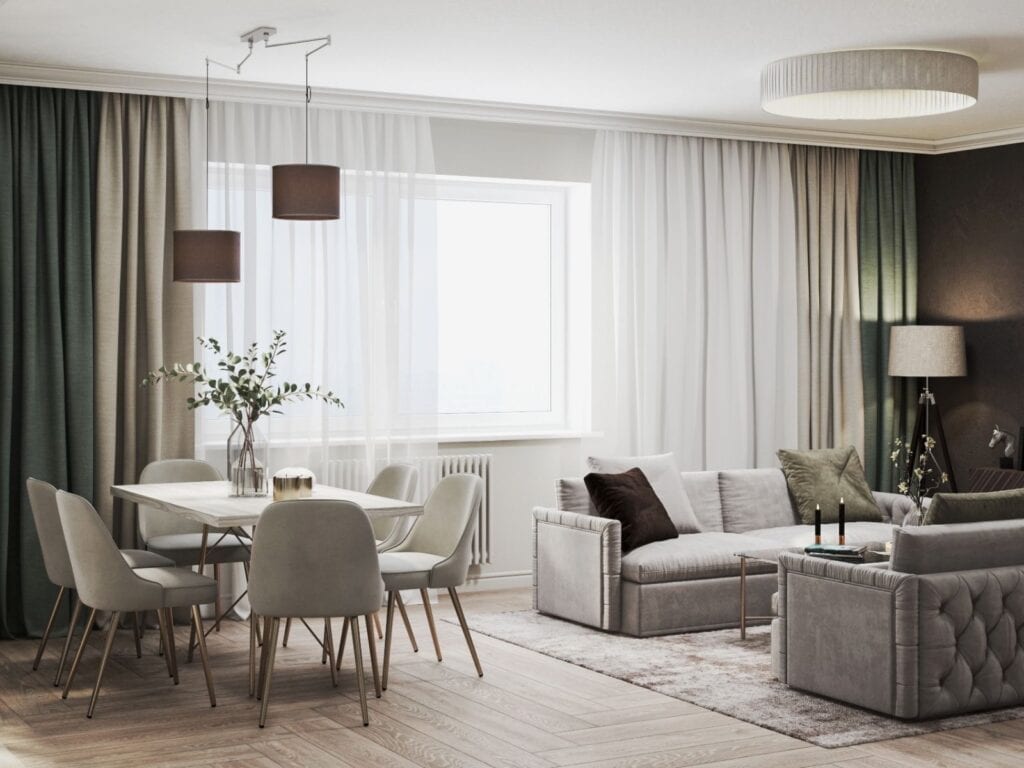

:max_bytes(150000):strip_icc()/Contemporary-Charcoal-Living-Room-Grand-Design-London-586eff183df78c17b6d9b9c8.jpg)

